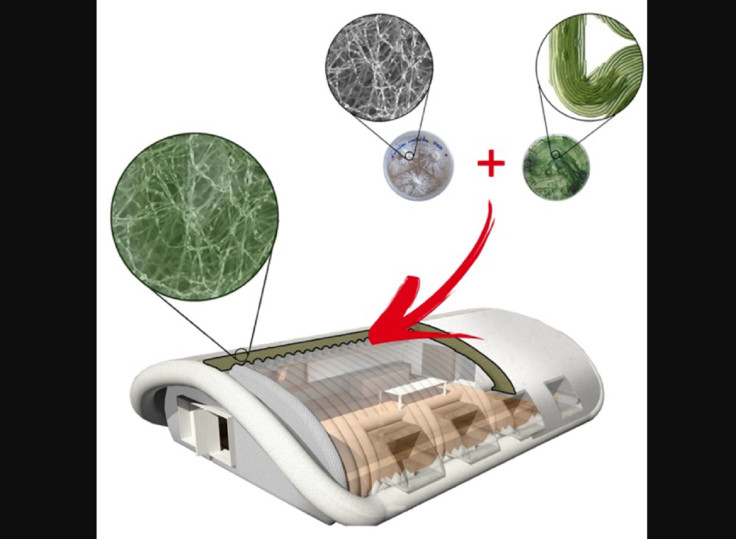NASA Is Working On Moon, Mars Habitats Grown From Fungi
KEY POINTS
- NASA's Ames Research Center is working on "growing" off-Earth habitats from fungi
- The habitats will be made from fungi and mycelia
- Mycelia-based habitats are compact, light-weight, and long-lasting
Ever wondered about the type of habitats that future astronauts will use on other planets? Common ideas, particularly from science fiction, include domes and other habitats made of glass or metal. However, NASA is looking at more sustainable habitat options by working on growing structures out of fungi.
Myco-Architecture
“Right now, traditional habitat designs for Mars are like a turtle — carrying our homes with us on our backs – a reliable plan, but with huge energy costs,” principal investigator of NASA Ames Research Center's myco-architecture project Lynn Rothschild said.
As such, the myco-architecture project is exploring technologies that can essentially grow off-Earth habitats using mycelia, the unseen underground threads that make up the main part of the fungus.
The idea is that in the future, humans going to space will no longer have to carry the entire habitat from the Earth, but instead will only have to bring the basic structure, water it, then wait for the fungi to grow. Such habitats are compact, lightweight, sustainable and long-lasting, especially for long journeys to places such as Mars.
So far, the project is still in its early stages. But, researchers have so far constructed materials such as stools and blocks out of mycelia after just several weeks of growth.
Off-Earth Habitat
The design for the mycelia-based habitat is a three-layered dome. The outermost layer will be made of ice to protect the astronauts from radiation, the middle layer will be made up of cyanobacteria to provide oxygen for the astronauts and food for the mycelia, and the innermost layer will be made up of mycelia, which will organically grow into a contained environment then baked to kill the lifeforms so as to avoid contamination on Mars.
Even if some lifeforms survive, they will be genetically altered to be unable to survive outside the habitat.
Mycelia
As mentioned earlier, mycelia are the unseen threads that make up the structure of the fungus, and they are already commercially used as insulators and fire retardants. Mycelial materials do not produce toxic gases, have competitive insulation values and compression strengths superior to dimensional lumber.
Under the right conditions, mycelia can be coaxed into making new, complex structures with extreme precision. By adopting myco-architecture, astronaut habitats can be much greener, albeit a little stranger.
Furthermore, such technologies can also have implications for life here on Earth, especially considering that a significant portion of carbon emissions from Earth actually come from construction.
“When we design for space, we're free to experiment with new ideas and materials with much more freedom than we would on Earth,” Rothschild said. “And after these prototypes are designed for other worlds, we can bring them back to ours," he added.

© Copyright IBTimes 2024. All rights reserved.






















